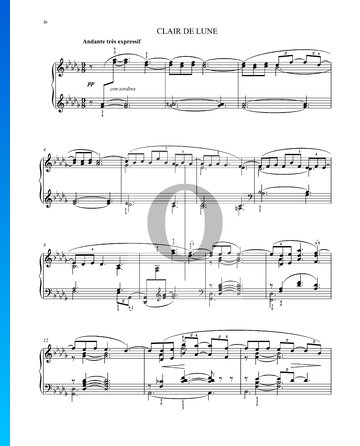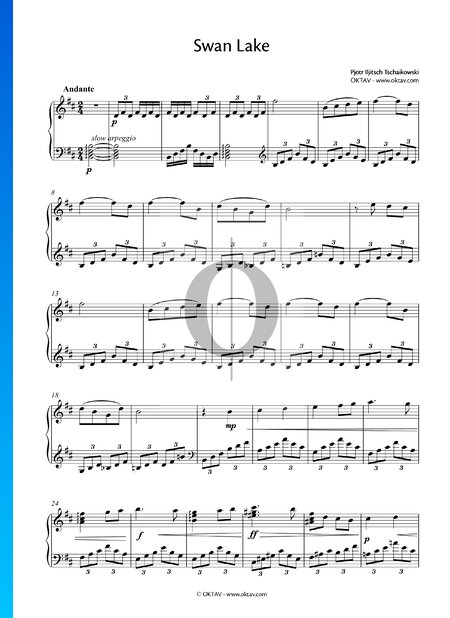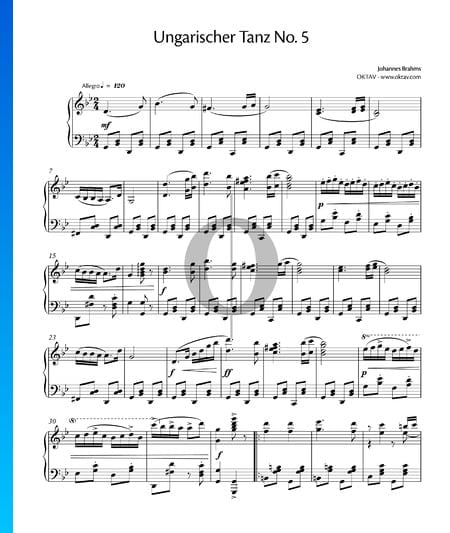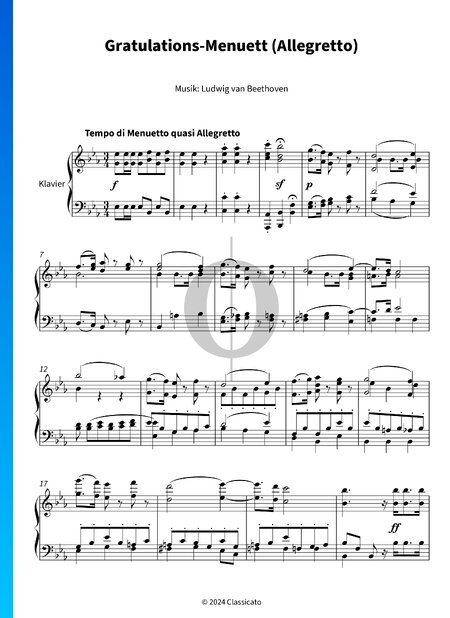Clair De Lune is one of the most renowned pieces by French composer Claude Debussy. It is the third movement from his Suite Bergamasque, a collection of four compositions, primarily for piano.
Debussy finished composing Clair De Lune in 1905. Originally, the composer drew inspiration from a poem of the same name (Moonlight) by Paul Verlaine. The music mirrors the theme, producing dreamlike and luminous auditory imagery.
In terms of musical theory, Clair De Lune is renowned for its tonality, utilizing a mix of pentatonic scales and modes, while also incorporating parallelism in its chord structures. The piece maintains a 9/8 time signature, employing a variety of rhythms to evoke an ethereal, flowing sensation.
Some noteworthy features include:
- Expansive use of tertian and quartal harmony
- A structure echoing traditional ternary (ABA) form
- Cunning integration of whole tone scales
Clair De Lune holds an enduring place in the realm of classical music and is a timeless choice among pianists seeking to showcase both skill and expressive depth. For intermediate piano players interested in delving into this remarkable piece, an accessible sheet music version is available for purchase and download on our site.
 Après un rêve, Op. 7 No. 1Classical
Après un rêve, Op. 7 No. 1Classical Waltz in A Minor, B. 150Classical
Waltz in A Minor, B. 150Classical Swan Lake (Suite), Op. 20a, TH. 219: I. Swan ThemeClassical
Swan Lake (Suite), Op. 20a, TH. 219: I. Swan ThemeClassical Hungarian Dance, No. 5Classical
Hungarian Dance, No. 5Classical Morning MoodClassical
Morning MoodClassical Gratulations-Menuett (Allegretto)Classical
Gratulations-Menuett (Allegretto)Classical






